uicfise 8f Tea Par A coherent and strong national leadershi
Solution
1.
To say we are in interesting times would be an understatement, the recent general election has plunged us further into uncertainty. Putting aside the rights and wrongs of holding the election and the unfolding political alliances it’s important to remember that on the ground people and businesses are struggling to keep up with the changes and the potential impact. Most of us get on with our lives despite the national turmoil. But the effect of that turmoil is to dampen investment and decision making; which slows growth. Latest research by the Institute of Directors highlights that 92% of respondents see current uncertainty over the make-up of the government as a concern. There has been a negative swing of 34 points in confidence in the UK economy from their last survey in May. This has serious implications for business growth, as how we interpret and perceive our future, our risk aversion and our need to have good information to make decisions can stifle our ability to act.
The national situation we are seeing unfold, in terms of lack of clear majority for either side, and regardless of eventual party outcome, will be a government relying on a brokered deal to get things through parliament which will exacerbate this uncertainty and the impact of Brexit fears.
So where can we look to for leadership?
A recent blog by the World Economic Forum has highlighted that in many places the nation state is looking outdated, and even dangerous. Where power is too centralised and focussed on national interests, policy is disengaged from the local, from the day to day lives of people and businesses. The populist movement we are seeing globally is a reaction to this; dissatisfaction with the way countries are governed creates turbulence in the current way of thinking and doing, and challenges political structures. Shifting of decision making to a more local level eases tensions as people see change locally and impact can be seen quicker. Cities are therefore emerging as key leadership nodes, galvanising action and responding to local need. Focussing on regional economic growth and giving powers and funding to local delivery structures to improve growth can help alleviate the social and political tensions that have led us down this unfortunate path to instability.
Half of humanity lives in cities and urbanization is set to grow with 2/3 of the world’s population will be urban by 2030 and even now they power 2/3 of the world’s GDP. By their very nature cities can foster more open, plural and cosmopolitan environments and in the West Midlands with its 3 cities and highly diverse population, where 17% of adults are from an ethnic minority, and 20% are under 16, and investment is seeing early signs of growth, the city region is ready for growth. City regions and states are finding their feet against turbulent national structures and the West Midlands need to be ready to seize this. The latest example of this stance can be seen in Hawaii which has legally committed to supporting the Paris Agreement on Climate change, going against their national policy from President Trump.
Many international cities are facing economic change and are positioning for a new urban agenda, where leaders commit to good basic services; equal opportunities; respect for migrants; cleaner safer environments; resilience; housing; living wage; connectivity and innovation. Within this context it’s important the West Midlands and the emerging mayoral combined authority steps up within the national picture. At a city level there is greater ability to understand and make trade-offs across this agenda to suit the specific circumstances of the place, people and businesses.
City plans and strategies developed under mayors are by definition, closer to the needs of those they represent and better able to deliver local needs, but we are in the process of devolution, and current instability could threaten devolution as national issues take precedent. Emerging deals being brokered to gain a majority government could also shift the focus back to nation devolution rather than English devolution and this puts more pressure on new mayors to ensure city region investment is high on the government’s agenda regardless of party colour.
Internationally mayors provide a strong focus for places, driving investment and promoting a good image that increases business and individual investment despite external change. Fledgling English mayors can gain from global experience through networks such as Global Parliament of Mayors and action on climate change through C40 Cities.
There is an opportunity within the instability for Mayors to steel a march and ask for more powers leaving national government to deal with national issues, showing clear leadership in policy and strategy development is key to the region weathering the storm. The lack of clarity and consistency at national level provides not just an opportunity, but an imperative, for regional governance structures to step up their game.
2.
a daft view of the impact of population shifts on economic performance:
For the economy, a slower increase in the population raises concerns about American competitiveness. But it could actually be a good thing. A number of economists, including the Federal Reserve Chairman Ben Bernanke are worried about the lack of inflation and income growth in the United States. Fewer workers could drive up salaries. What\'s more, fewer new Americans might help slow government spending. That may curtail the rising US federal debt, which many think will soon cause interest rates to jump and hold down US GDP growth. “At a time of fewer government resources, fewer new people might not be such a bad thing.
Economic Boost
Several scholars of the modern era have pointed to the economic benefits of population growth. In the last three decades of the 20th century, the Harvard Initiative for Global Health reported that per capita incomes grew by two-thirds with the doubling of the world\'s overall population.
Another sign of prosperity from population growth can be seen in countries improving their trade structures.
Meanwhile, many economists argue that population growth leads to more property tax dollars, school funding, revenue for local businesses and federal grants flowing to local coffers.
Increased Innovation
Population growth opponents often have decried the burden on resources. However, Danish economist Ester Boserup has argued that growing populations pressure society to innovate in order to better serve the masses. For instance, high-yield crops were developed to increase food production largely in response to growing populations.
Population Growth as a Sign of Social Health
Although not a direct effect of population growth, growing societies often signify healthy societies. For instance, population growth often signals lower mortality rates through advances in medicine and science.
The Key Role of Policy
For population growth to yield positive effects, nations experiencing the growth must have sound policies to direct it. Countries that can develop better health care and medicine, strong economic plans and other social improvements that keep pace with population growth will thrive.
3.One of the great surprises in modern military history is the collapse of the Soviet Armed Forces in 1991—along with the party-state with which it was inextricably intertwined. In this important book, a distinguished United States Army officer and scholar traces the rise and fall of the Soviet military, arguing that it had a far greater impact on Soviet politics and economic development than was perceived in the West.
General William E. Odom asserts that Gorbachev saw that dramatically shrinking the military and the military-industrial sector of the economy was essential for fully implementing perestroika and that his efforts to do this led to the dissolution of the Soviet Union. Odom enhances his account with interviews with key actors in the Soviet Union before, during, and after the collapse. He describes the condition of the Soviet military during the mid-1980s and explains how it became what it was—its organizational structures, manpower policies, and military-industrial arrangements. He then moves to the dramatic events that led to its destruction, taking us to the most secret circles of Soviet policy making, as well as describing the public debates, factional struggles in the new parliament, and street combat as army units tried to repress the political forces unleashed by glasnost. Odom shows that just as the military was the ultimate source of stability for the multinational Soviet state, the communist ideology justified the military’s priority claim on the economy. When Gorbachev tried to shift resources from the military to the civilian sector to overcome economic stagnation, he had to revise the official ideology in order to justify removing the military from its central place. Paralyzed by corruption, mistrust, and public disillusionment, the military was unable and unwilling to intervene against either Gorbachev’s perestroika or Yeltsin’s dissolution of the Soviet Union.
The story of the post-war Soviet Union is a story that ends in failure. The Union of Soviet Socialist Republics, or USSR, disintegrated in 1991 into 15 separate states. The doctrine of Marxism-Leninism ceased to be the official basis of government programmes anywhere in the former Soviet territory. In none of the newly independent states of the former Soviet Union did a communist party have a constitutionally entrenched right to rule. One measure of the completeness of the Soviet collapse is that now, after a decade of economic distress in most of those countries, nobody seriously expects a return to the communist order. In any history of the evolution of mankind\'s social arrangements - at any rate, in any history written early in the twenty-first century - the failure of Soviet communism can be treated as total. What is less obvious now, and easily forgotten, is that as late as 1990 such a collapse seemed impossible. Almost all Soviet citizens and almost all foreign observers conceived the Soviet Union as a fixture. It was widely understood to be in difficulties. Its political and economic arrangements were widely seen as both inhumane and ineffective. But hardly anyone expected the state to evaporate, let alone to do so any time soon. (One notable exception among Western specialists was Alexander Shtromas [see Shtromas 1988 and Chapter 7 below].) What is even more easily forgotten now is that well into the 1970s the Soviet Union was seldom described as failing. Its economy tended, up to the early 1970s, to grow faster than that of the United States. For a generation or more after the Second World War, the traditional Soviet aim of \'catching up and overtaking\' the West was not patent nonsense. In the early and middle 1970s the Soviet Union was judged to have achieved strategic parity with the US (or, more broadly, with NATO). Its nuclear arsenal and conventional forces, in other words, could match those of the West in possible conflicts, whether in Europe or globally. Its influence seemed if anything to be spreading in Africa and Asia. In the course of thirty years, from the end of the Second World War, the Soviet Union had recovered from wartime devastation and massive loss of life. It had made remarkable strides in military technology. It had broken THE RISE AND FALL OF THE SOVIET ECONOMY the US monopolies of, successively, the atomic bomb, the hydrogen bomb and inter-continental ballistic missiles. It also had - though this was not widely known at the time - formidable arsenals of biological and chemical weapons. And the lives of Soviet citizens had at the same time improved immensely. After the death of Joseph Stalin in 1953, higher priority had been given to agriculture, to housing and to manufactured consumer goods, and the new priorities made a difference. The reign of terror, moreover, had ended. Soviet citizens no longer feared a visit from the secret police in the small hours: provided, that is, they had not engaged in public criticism of the authorities. There were still political prisoners; there was still a gulag - the chain of labour camps to which millions of people had been consigned under Stalin, almost at random. But it was possible to live securely if you were prepared to keep your head below the parapet - as almost everyone was. The story of the post-war USSR is therefore a story of rise and fall. This is true of its political standing in the world. It is also true of its economy - to whose rise and fall between 1945 and 1991 this book is devoted. This is a work of synthesis, not original research from primary sources. From the mid- l 960s, however, I was following Soviet economic developments in real time. Some of the story from then on is based on my own interpretation of contemporary Soviet material - though with the considerable advantage of hindsight. For the late Stalin and Khrushchev periods I have relied heavily on the work of others - mainly but not exclusively Western. The approach adopted in this book is that of an economist looking back at half a century or so of one country\'s history and trying to make sense, for non-economists, of that country\'s economic experience. Perhaps that makes it a work of economic history. If there is, in principle, a methodological difference between economic analysis of the past and economic history, it has never been clear to me what that difference should be. In contemporary practice, as distinct from principle, the difference is clear. Economics is, as my colleague Somnath Sen has observed, \'a broad church run by fundamentalists\', and the fundamentalists see physics as the subject to be emulated: theoretical model, hypothesis, hypothesis-testing with empirical data. Economic history, on the other hand, is a broad church not run by fundamentalists. Cliometri modelling may be prestigious, but it is not mandatory. Discursive narratives and tentative interpretations are permissible. In that sense, at least, this is an exercise in economic history. It is also addressed to the general reader. I have tried to avoid the use of jargon. Where I have failed to avoid it, I have, I hope, explained it. Inevitably, in an account of Soviet economic experience, numbers loom large - and are controversial. In this book I have made extensive use of 2 INTRODUCTION recalculations of Soviet data by the US Central Intelligence Agency (CIA). Some readers will find this provocative. Surely the CIA \'got it wrong\'? What about the new evidence from the Soviet archives? The CIA, it can be said with hindsight, got a number of things wrong about the USSR during the Cold War. Its analysts overstated the size of the Soviet economy relative to that of the US, though they did not do so because of a conscious intent to deceive. The late 1970s forecast by some CIA analysts of an imminent fall in Soviet oil production was misleading about the timing of that fall. But the Agency\'s estimate of changes over time in Soviet total output has not been undermined by new information. This was for gross national product or GNP, for practical purposes equivalent, for the USSR, to gross domestic product, or GDP. Angus Maddison, the leading connoisseur of international growth statistics, has reviewed these figures and pronounced them healthy (Maddison 1998). During the Cold War somebody had to estimate Soviet GNP if there was to be any chance of understanding what was going on in Soviet society and Soviet politics. The second purpose of such estimates - to inform Western threat assessments by comparing Soviet production potential and the economic burden of defence with those of US - was less well served by CIA economic assessments. But the changes over time in GNP/GDP had also to be quantified, and here the Agency was more successful. Recalculations were necessary because the Soviet official data for total output were in principle incapable of being compared with Western national income figures and in practice also seriously distorted. The reasons for this verdict on Soviet data are given in Chapter 1. The CIA\'s recalculations used methods developed in academic studies by Abram Bergson. Their methodology and a large part of the primary information on which they were based were open to scrutiny at the time. The Agency\'s figures were indeed scrutinised, and they were criticised from a variety of viewpoints. The US Defense Intelligence Agency (DIA) routinely produced different GNP numbers and higher defence-spending numbers. Other analysts, including the present author, argued that in the 1970s and 1980s the CIA was overestimating the \'real\' (inflation-adjusted) growth of Soviet investment (see Chapter 5). Unofficial estimates made in the USSR itself, in semi-secrecy, by Grigorii Khanin made the trajectory of Soviet economic change in the post-war period look somewhat different in shape, but did not present a whole new story. In general the CIA estimates stood up fairly well to these critiques. The Soviet archives and post-Soviet memoirs appear not to have changed the picture significantly. Soviet officials did not operate with a secret set of numbers that differed from those that were (from 1956 on) published. There were some secrets that were not published: the production of military 3 THE RISE AND FALL OF THE SOVIET ECONOMY equipment, non-ferrous metals output, the gold reserves. Otherwise, the officials shared their data with us. Like other members of the Soviet intelligentsia, Soviet officials put less trust than Western scholars did in the reported figures of output in physical terms (tons of steel and the like). Otherwise they were no better informed than we were. An economist\'s approach to Soviet history differs from that of a general historian in one obvious way. The focus of this book is in the following questions. Why did the Soviet people produce and consume what they did when they did? How did the economy work? Did the way in which it worked change over time? What were the changes in economic policy? Why were they made, and did they achieve their aims? These matters are unavoidably present also in a general history; they are after all fundamental in any society. But they do not provide the main focus. This difference of focus may contribute to some differences of judgement. Nikita Khrushchev\'s period of rule (1953-64) is treated rather favourably here, and not just for his liberalising de-Stalinisation. Yes, a great deal went wrong in the latter part of his time in office and, yes, he was ousted from the leadership. But he de-Stalinised the economy as well as the society: not by reforming the economic system but by drastically changing the priorities set for that system, in favour of the people. That was a profound change, and it endured. Conversely, any economist finds it hard to be too respectful about Mikhail Gorbachev\'s achievements as a leader. To his leading Western biographer, Archie Brown, Gorbachev\'s approach to economic reform was \'open-ended\'. In Chapters 7 and 8 Gorbachev\'s record in economic policy is treated as riddled with avoidable inconsistencies from start to finish. It may have been open-ended, but it was full of holes in the middle, too. In one respect this book resembles a certain kind of political history: the narrative is divided into chapters according to changes in leadership, albeit with two chapters each for Khrushchev, Brezhnev and Gorbachev. This disgracefully unfashionable approach, like that of a history of England organised around kings and queens, is hard to avoid. New leaders did, time and again, make a difference. None of them, it is true, could do much to alter the dipping trajectory of the Soviet economy. But the sequence of reforms and policy changes, however ineffective these ultimately were, is clearly linked to the changes in leadership. The Soviet economy rose and fell between 1945 and 1991 above all in a relative sense. From growing faster than most of the capitalist world, the Soviet Union began in the 1970s to cease to gain ground. The absolute gap in conventional measures of economic performance, such as per capita GDP or GNP, began to increase.
7.State: political unit with the power to make and enforce laws over a group of people living within a clearly defined territory Characteristics of a State 4 Characteristics: •Sovereignty—Must have supreme power to act within its territory and to control its external affairs •Government—issues and enforces rules for the people living within its territory; government must be recognized from within and by other nation states in the international community •Territory—Must have clearly defined and recognized borders •Population—Must have people; number does not matter Government
4.
Aristotle lays the foundations for his political theory in Politics book I by arguing that the city-state and political rule are “natural.” The argument begins with a schematic, quasi-historical account of the development of the city-state out of simpler communities. First, individual human beings combined in pairs because they could not exist apart. The male and female joined in order to reproduce, and the master and slave came together for self-preservation. The natural master used his intellect to rule, and the natural slave employed his body to labor. Second, the household arose naturally from these primitive communities in order to serve everyday needs. Third, when several households combined for further needs a village emerged also according to nature. Finally, “the complete community, formed from several villages, is a city-state, which at once attains the limit of self-sufficiency, roughly speaking. It comes to be for the sake of life, and exists for the sake of the good life” (I.2.1252b27–30).
Aristotle defends three claims about nature and the city-state: First, the city-state exists by nature, because it comes to be out of the more primitive natural associations and it serves as their end, because it alone attains self-sufficiency (1252b30-1253a1). Second, human beings are by nature political animals, because nature, which does nothing in vain, has equipped them with speech, which enables them to communicate moral concepts such as justice which are formative of the household and city-state (1253a1-18). Third, the city-state is naturally prior to the individuals, because individuals cannot perform their natural functions apart from the city-state, since they are not self-sufficient (1253a18-29). These three claims are conjoined, however, with a fourth: the city-state is a creation of human intelligence. “Therefore, everyone naturally has the impulse for such a [political] community, but the person who first established [it] is the cause of very great benefits.” This great benefactor is evidently the lawgiver (nomothetês), for the legal system of the city-state makes human beings just and virtuous and lifts them from the savagery and bestiality in which they would otherwise languish (1253a29–39).
Aristotle\'s political naturalism presents the difficulty that he does not explain how he is using the term “nature” . In the Physics nature is understood as an internal principle of motion or rest (see III.1.192b8–15). (For discussion of nature state
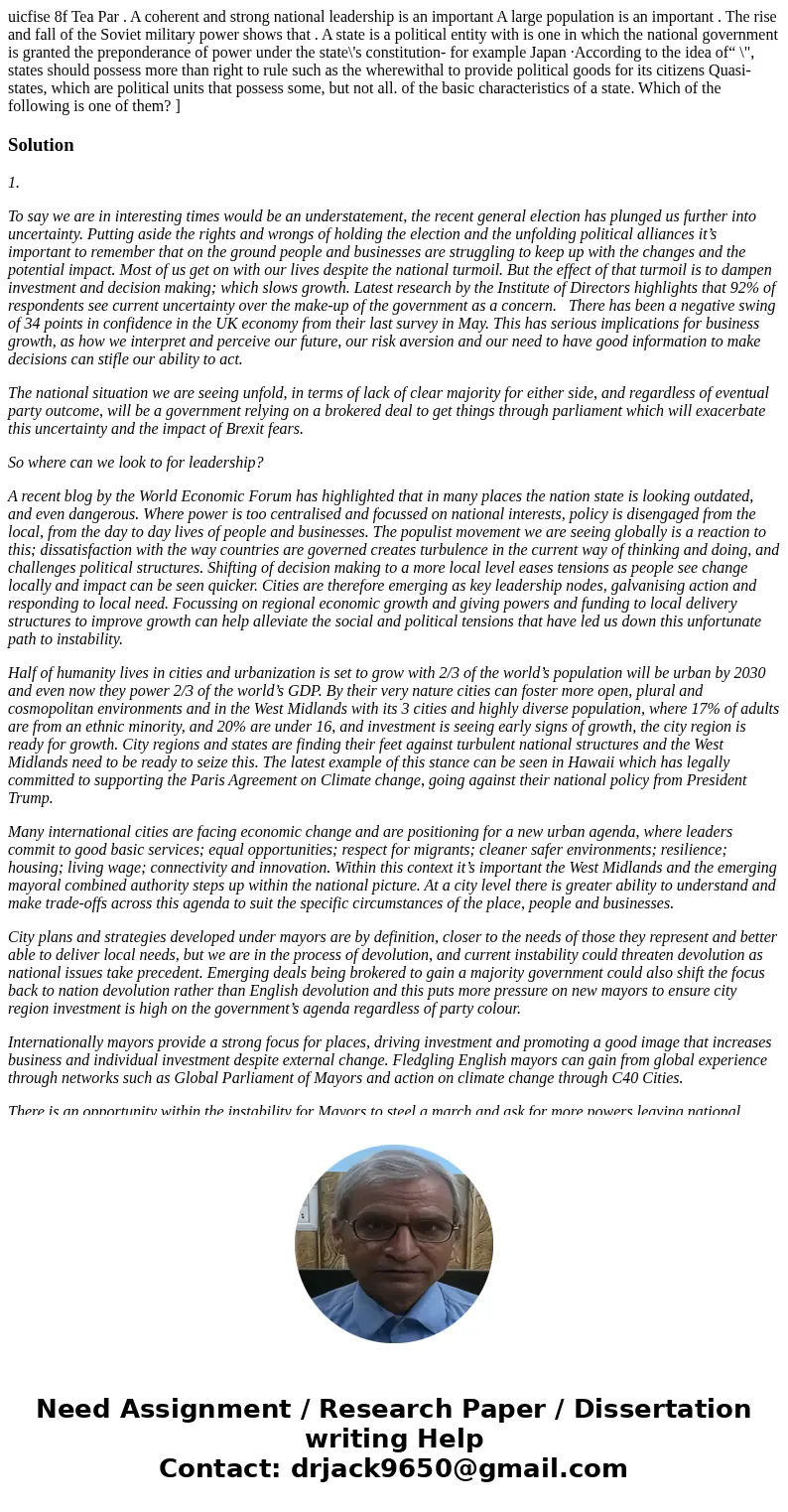
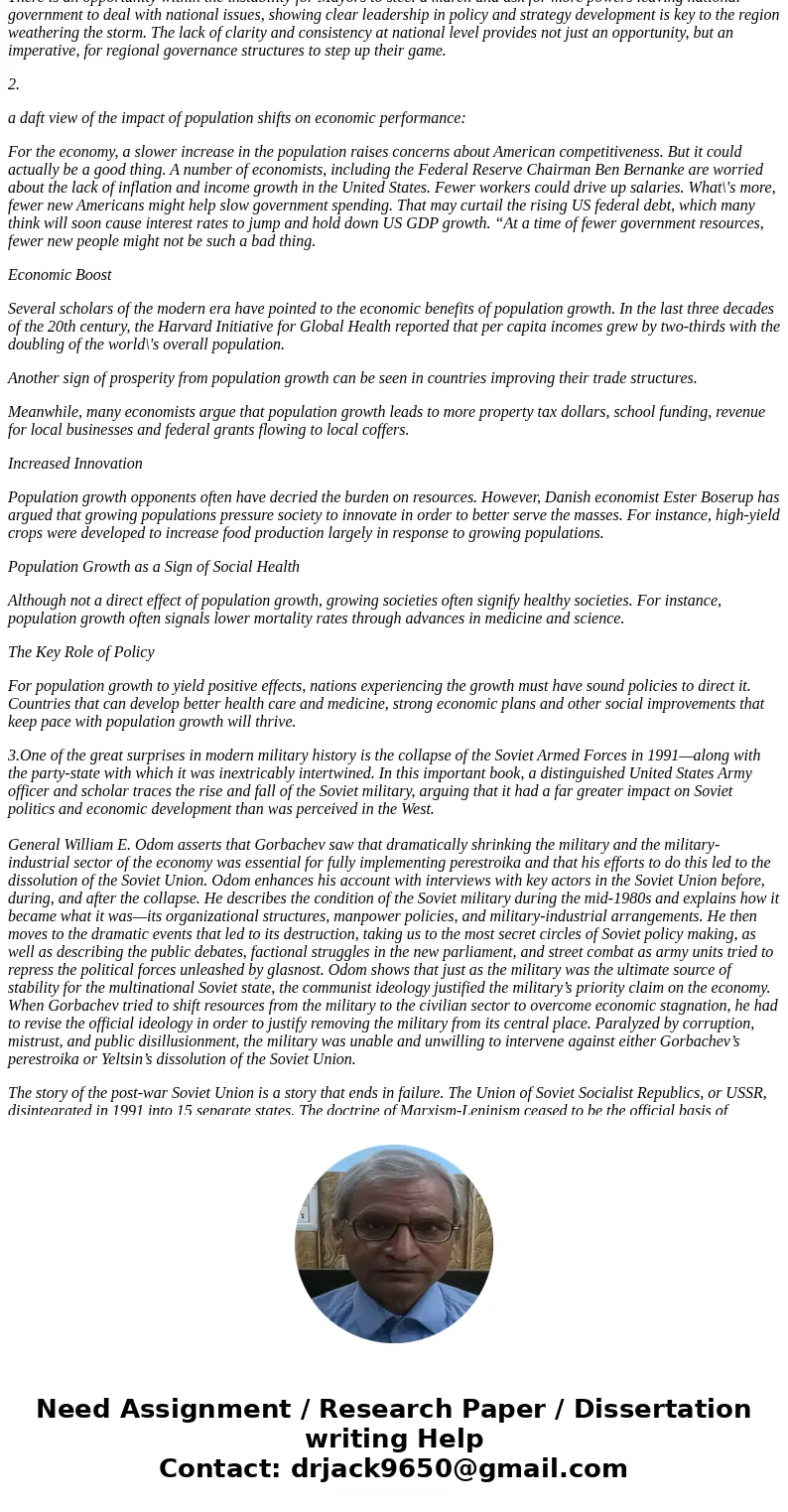
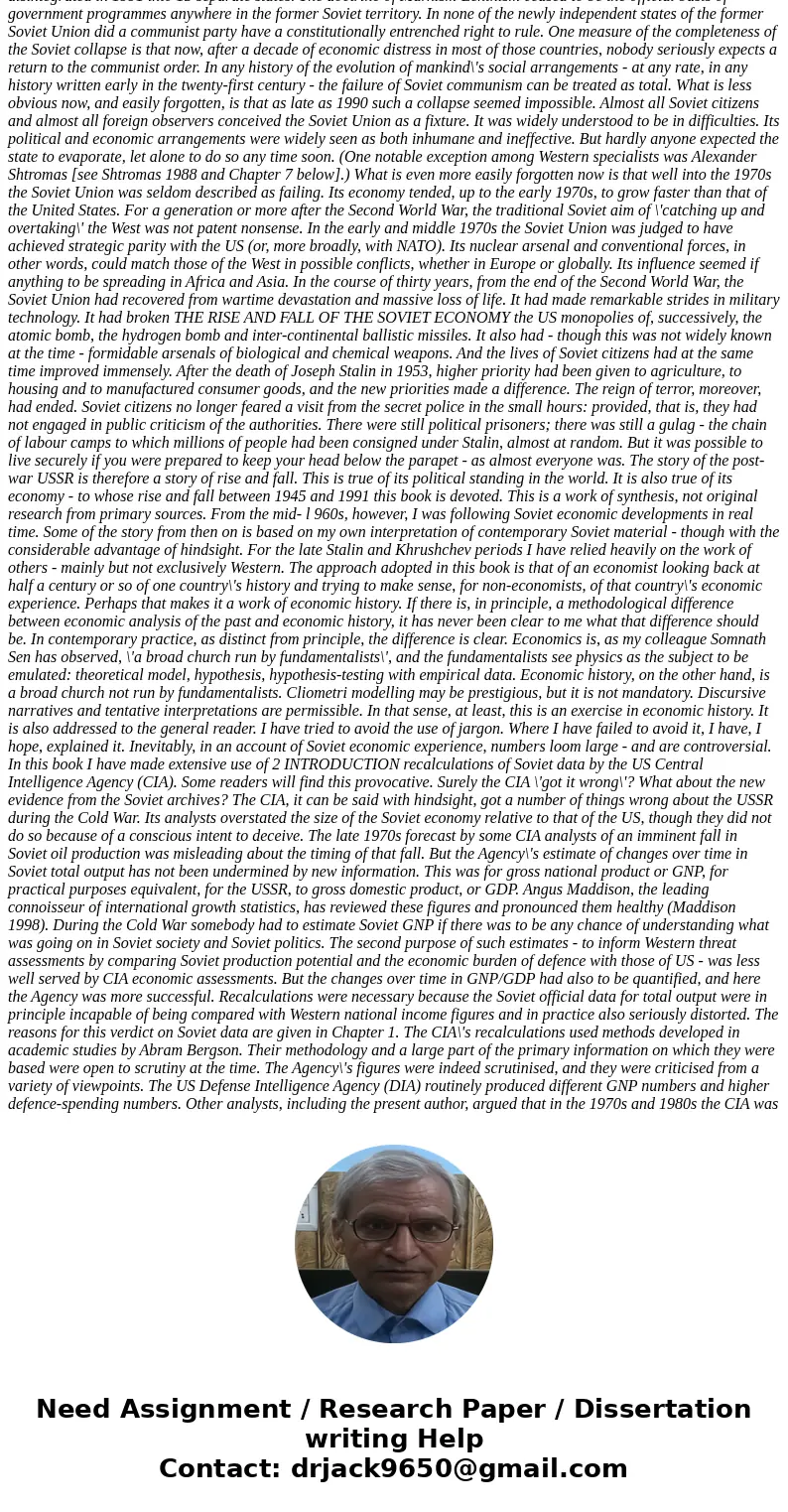
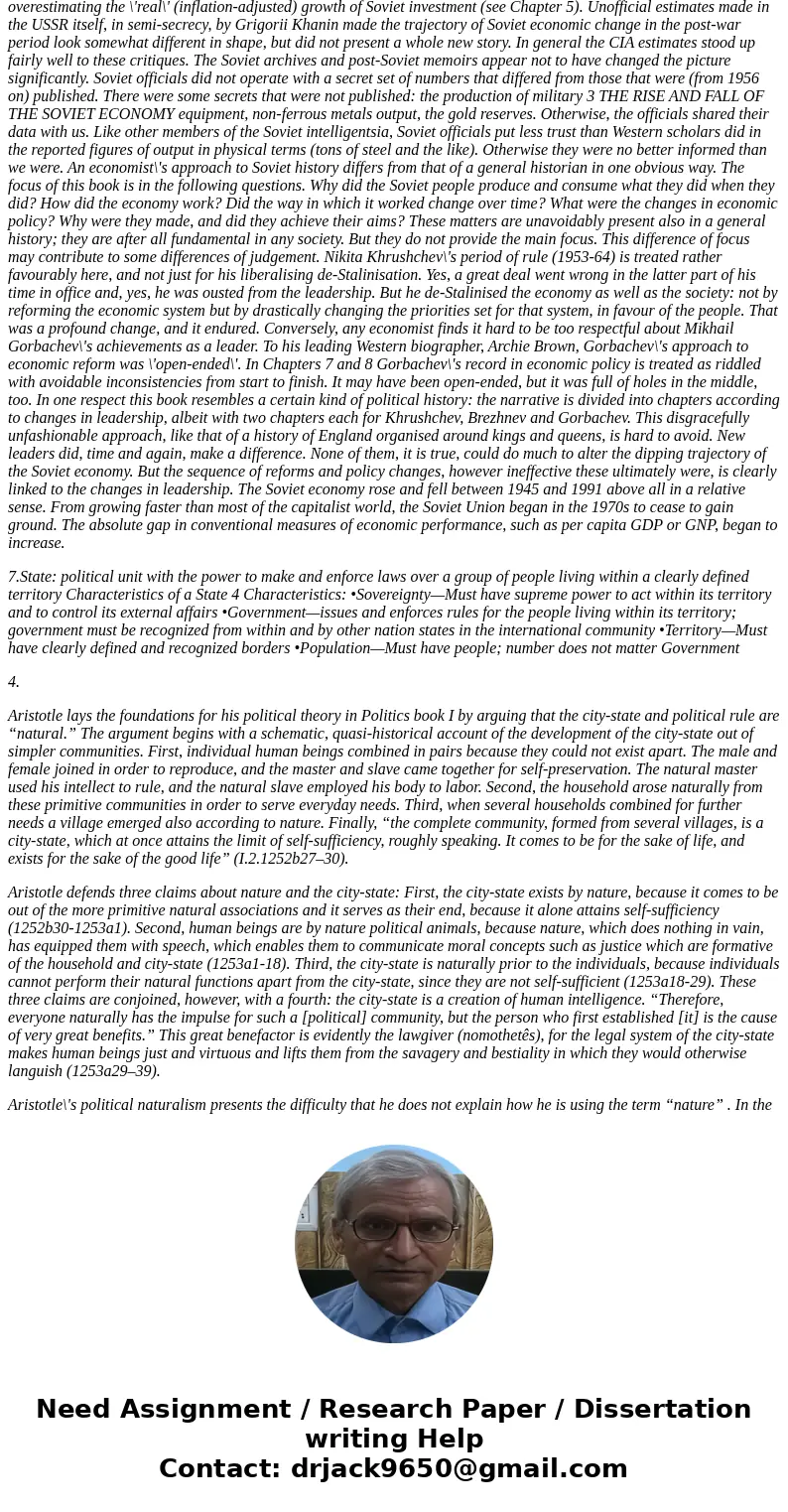
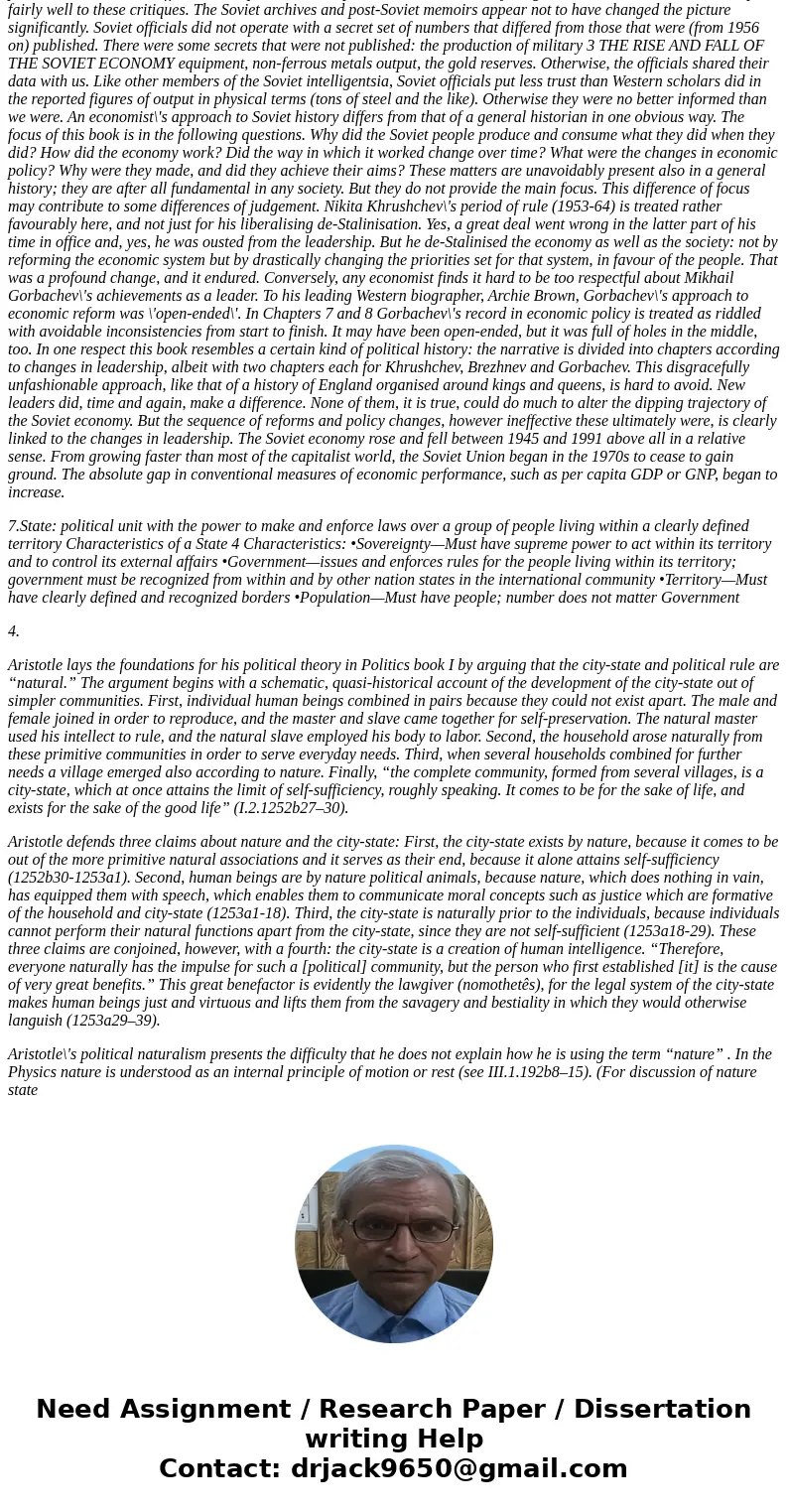
 Homework Sourse
Homework Sourse